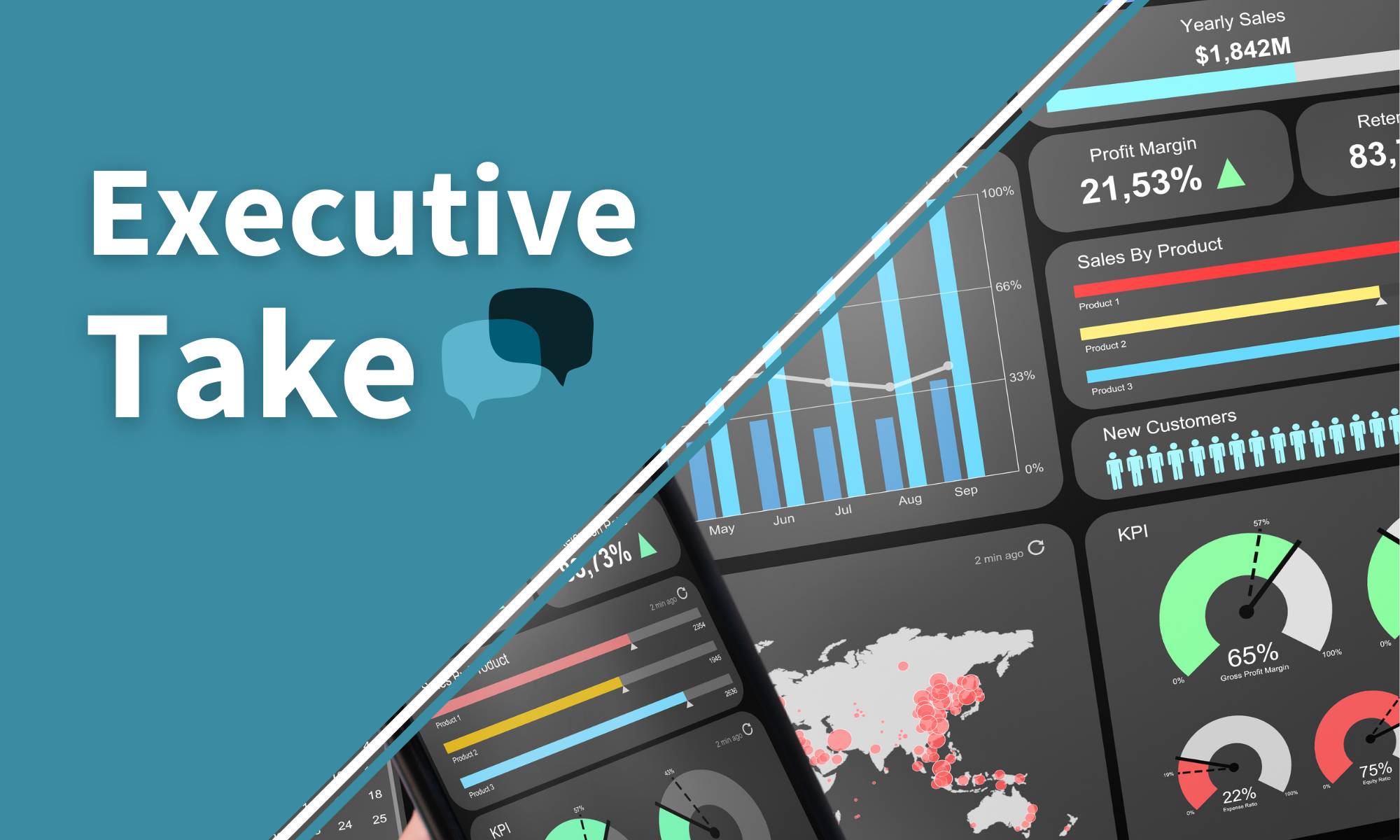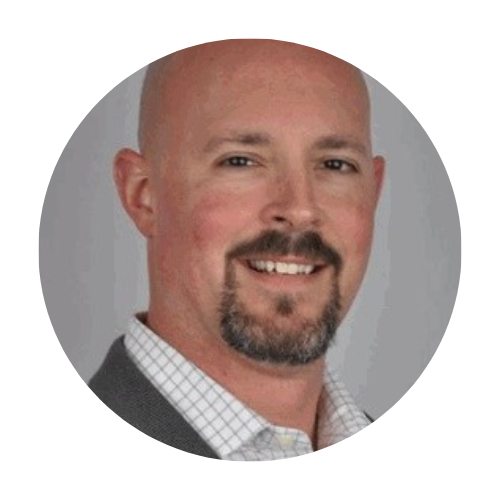Executive Take: Data to Drive Business
 Our associations have access to a vast amount of data. When we approach data with an intentional and strategic approach, we can use it to drive effective business decisions. But, the sheer volume and complexity of data often leads to overwhelm and silos within an organization. This month's Executive Take feature focuses on how associations can overcome the intricacies of data and create a culture where it is valued and used to drive business decisions. Here's what four association professionals said on the topic:
Our associations have access to a vast amount of data. When we approach data with an intentional and strategic approach, we can use it to drive effective business decisions. But, the sheer volume and complexity of data often leads to overwhelm and silos within an organization. This month's Executive Take feature focuses on how associations can overcome the intricacies of data and create a culture where it is valued and used to drive business decisions. Here's what four association professionals said on the topic:
How can associations overcome data silos and data overwhelm to prioritize and make data-driven business decisions?
"When I hear data silos, that's code for the actionability on the data isn't actually being achieved. You feel like you can't get to the next step because things are separated. And some of the best integrated organizations out there still suffer from that because the actionability step isn't taken. If we take a step back [and take a] a 30,000 foot view of your members, your event attendees, your partners or affiliates – folks that are tangential to your association but have a have a stake in the ecosystem – are they looking to have more or less personalized experiences in the future? Are they looking to have more or less tailored value benefits in the future? And if the answer that you believe, like I do, is that both of those things are going to be more tailored and more value added experiences, then all of a sudden you're going to realize that you have to come to rely on the data more... that's what allows you to kind of feel like you're starting to break down those silos because you're using information that's coming from multiple places to 'dazzle and delight' and then hopefully move your business objectives forward."

Joe Colangelo
Bear Analytics | CEO, Co-Founder
"It really comes back to organizational priorities. What are your organization's goals? And then how does that pertain to whatever project you're working on? So, especially in the events world… thinking, 'Okay, my job is not only about putting butts in seats for a conference.' That's typically what we think, we think, ‘Yeah, I need to get this number of registrations.’ But really, how do you connect those dots back to the organizational goals? For example, it could be that my organizational goal is to drive more engagement within a certain type of category of person that I want to join my association. So with that, how does that impact my event and who I'm attracting to the event? How are they engaging in the event? It also is going to be important to determine what data I collect and how I see data, so no longer am I going to present to my executives and say, ‘I filled 5,000 seats.’ I now am going to say, ‘You know what, I met the organizational goals because I attracted 30% of our membership who are within this particular category that we're interested in, and they not only renewed their membership but they're also more engaged in their relationship with the organization.’ And that's what we're talking about with data - we have lots of it, right? It's just a matter of how do we define how we look at that?"

Vinnu Deshetty
Event Tech Hub | Founder and CEO
"I think this is where we really bring our people skills to the fore. And this is where we blend those people skills with the data and the visualization because quite honestly, data has evolved significantly. We started with basic Excel reporting. We've moved from that to visualization, and we moved from zoom visualization to insights and storytelling, and now we're at the crux of really having people have a basic understanding for the most part. Now, it's contextual decision making with the data as part of that conversation. In the beginning of using data, it was presented as the be-all-end-all in some cases, ‘This is telling us we have to do the thing, so we have to do the thing,’ and it wasn't a conversation. I believe it should be a conversation, where you're sitting with the executive team, the data comes back, the executive team hopefully was involved in designing what was happening so they know they're looking for the results that come back. And, you also know that it's going to play a part in your prioritization and product development conversations."

Thad Lurie
American Geophysical Union (AGU) | SVP Digital and Technology
"Do you start at the bottom and work your way up? Or, do you kind of infuse that top-down culture? The top-down culture obviously is ideal, but it requires real champions…you need someone who is the champion, who's just going to talk to everyone and say, ‘The data doesn't belong to [your department], the data is used by everyone, so let's bring everyone together and talk about how is it used?’ Everyone should own it, and we need to have processes in place to be able to discuss whatever it is we do."

Maneesha Manges
HighRoad Solutions | Chief Experience Officer
Association RevUP: The Podcast That Will Get Everyone Talking about Revenue Health!
Insights from this edition of Executive Take came from Episode 6 of PAR's podcast, Association RevUP. This entertaining and educational series, association leaders and team members become active learners on a path to building an association that prioritizes the transformative impact of revenue at all levels. Listen to the entire 25-minute episode to hear more insights from our experts
Episode 6: RevUP Data to Drive Business | Joe Colangelo, Vinnu Deshetty, Thad Lurie, Maneesha Manges, Erin Pressley
In this episode, recognize the top challenges associations face when it comes to data acquisition and insights and learn how to overcome them.